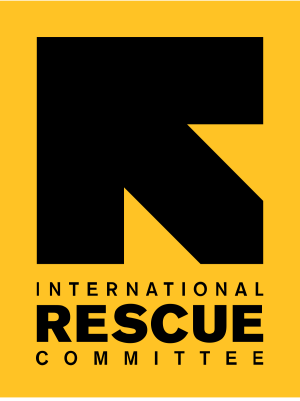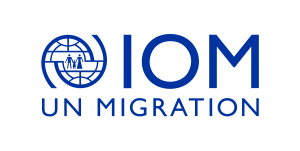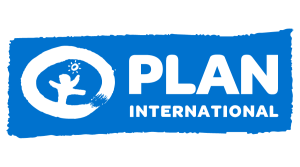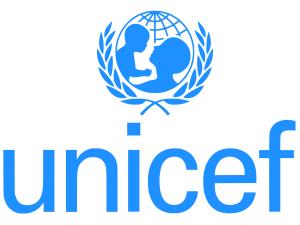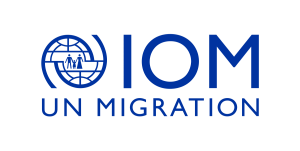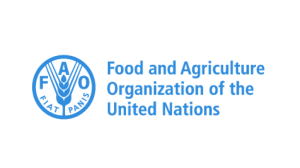
Led By: Plan International and ILO
Contact us at: cltf@alliancecpha.org
Our Mission
To ensure practical coordination and collaboration amongst humanitarian responders and development actors at the global level to strengthen the quality and coordination of child labour preparedness, prevention and response actions in emergencies at country level.
The Task Force provides a platform to identify and seek to address common challenges in child labour in emergencies programming, providing a collective technical voice on child labour issues in emergencies for other core pieces of work such as humanitarian standard setting, inter-sectoral collaboration, and global advocacy and policy work related to child labour.
Key Priorities of the Child Labour Task Force
Technical Tools, Standards and Guidance:
- Inter-agency Child Labour in Humanitarian Action Toolkit is available and disseminated at local, national, regional and global levels
- Humanitarian responders have enhanced knoweldge and competencies to prevent and respond to (the worst forms of) child labour in emergencies
- Child labour in humanitarian settings is integrated/refleced in the agenda’s of relevant global, regional and local platforms, including but not liited to 8.7 Alliance and other Task Forces under the Alliance for Child Protection in Humanitarian Action
Latest News
Preventing and Responding to Child Labour in Humanitarian Action Learn online with the Global Child Labour Task Force!
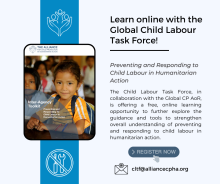
The Child Labour Task Force, in collaboration with the Global CP AoR, would like to offer a free, online learning opportunity to further explore the guidance and tools to strengthen overall understanding of preventing and responding to child labour in humanitarian action. The course will provide an introduction to child labour in humanitarian action and will allow you to reflect on how the IA...
“Ask the Alliance and Friends” Event for the 2022 World Day Against Child Labour

When: 13 June 2022, 8:00 - 9:00 BST/ 9:00 - 10:00 CEST/15:00 - 16:00 HK/ 11:00 - 12:00 EAT Where: https://changemakersforchildren.community/CPHA-community Who: Simon Hills and Silvia Oñate from the Child Labour Task Force and Hayat Osseiran, Senior Child Labour Expert MENA region What: The 2022 World Day Against Child Labour is June Sunday 12th, 2022 with the theme of Universal Social Protection...
Task Force Member Organisations
Resources
Child Labour Task Force Work Plan 2020-2021
GOAL: Humanitarian responders and development actors have the knowledge, skills and tools to implement quality and coordinated child labour in emergencies preparedness, prevention and response actions
Technical Note: COVID-19 and Child Labour

Worldwide, an estimated 152 million children are in child labour, almost half of them, 73 million, work in hazardous child labour. The global health crisis is leading to mass disruption with far-reaching consequences. Many children are out of school and economic pressures on families continue to grow. This could push millions of children into child labour and makes child labour an imminent concern...
Child Labour Tool | Coordinators' Checklist
This checklist is developed for practitioners who are responsible for inter-agency coordination during preparedness, response and recovery phases of a humanitarian crisis. The actions listed in the checklist should be read in conjunction with the guidance provided in the toolkit section 2.1 on Coordination. This checklist should be adapted to the local context and phase of the emergency. If the...
Global Child Labour Task Force Terms of Reference
In 2011 a child labour task group was established under the former global Child Protection Working Group (CPWG) to develop CPMS1 Standard 12 on Child Labour. In 2012, a CPWG survey among country child protection coordinators showed that child labour had the highest average rating of gravity chosen from all fields of child protection in emergencies. Yet, only 18% of practitioners considered child...
Inter-Agency Toolkit: Supporting the protection needs of child labourers in emergencies
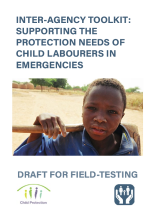
Historically, the response to child labour in emergencies has been inadequate, but it is increasingly recognised as a growing issue in many emergencies, and is no longer only considered a development issue. With children’s needs addressed more holistically through case management and systems approaches it is gaining prominence as a key child protection concern during humanitarian crisis. The...
Responding to the Worst Forms of Child Labour in Emergencies

Commissioned by the Child Protection Working Group (CPWG) Child Labour Task Force, this review aims to document what humanitarian and child protection communities know about the Worst Forms of Child Labour (WFCL) in emergencies and what we are doing to prevent and respond to them. The review focuses on contexts and forms of labour the humanitarian community knows less about. It aims to ensure that...
Webinars
Virtual Launch | Inter-Agency Toolkit: Preventing and Responding to Child Labour in Humanitarian Action
Register via this Zoom link. Worldwide, an estimated 152 million girls and boys are in child labour, almost half of them, 73 million, work in hazardous child labour. The incidence of child labour in humanitarian crises is an imminent concern. The COVID-19 pandemic has the potential to push millions more children into child labour. However, there are great opportunities for the global community to...
Webinar | COVID-19 and Child Labour
Join experts and practitioners from different organisations across the globe to discuss ‘COVID-19: Protect children from child labour, now more than ever!’, the theme of the 2020 World Day Against Child Labour. Participants will hear an update based on the Alliance for Child Protection in Humanitarian Action technical note on COVID-19 and Child Labour (EN, SP, FR), evidence-based resources and...

